How design makes the world a better place
The current times sure are scary ones to live in. Social injustices, climate change, and a pandemic shape our present into an unpredictable future. Austrian designers Sophie Falkeis and Kris Hofmann have made it their mission to impact the world around them positively with what they do. With AR and multidisciplinary design, both of them are at the forefront of impactful art and trying to bring complex topics to a wide audience.
Both have been awarded with this year‘s Content Vienna production grant for outstanding digital design projects. Content Vienna is a funding program by the Vienna Business Agency, a long-standing partner of Forward Festival, and dedicated to the production and ongoing development of digital projects ranging from games to virtual reality and animation. In an interview, Sophie and Kris speak about how design can make the globe a better place.
You both work in the field of motion design and extended reality and basically one step ahead of analogue reality. What fascinates you about the field?
Kris: To me, one of the most fascinating aspects is the shift from viewer to explorer. Lived experiences tend to be more memorable than those we just watch, read or hear about, which can make Augmented Reality a really powerful storytelling tool I believe.
Sophie: I’m a multidisciplinary designer and in my work I use film and audiovisual media to bring us into a possible future world, making use of the advantages these media offer in terms of speculation.
For me, the thrill is always trying to push for the new; projecting into the future and creating scenarios to make the unimaginable graspable. For “First Encounters” I was working with animation to tell stories of animal encounters through climate change, and through animation, I could show the animal both in its ecological role while giving it character.

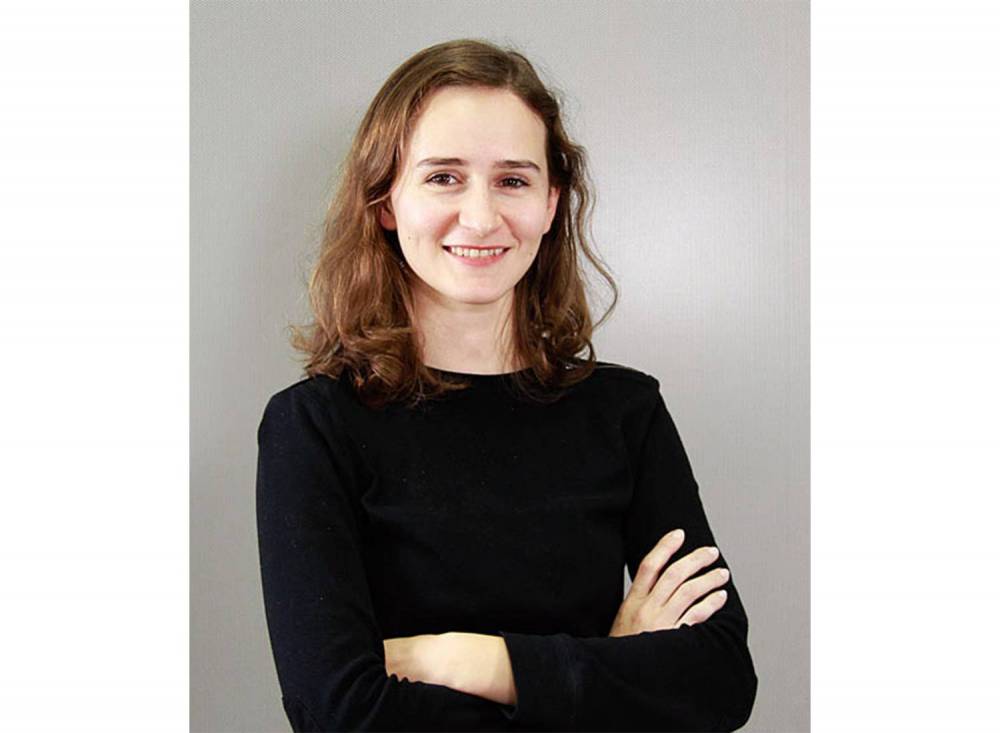
Do you follow a mission with your work?
Kris: I have an MA in communication design, and I’ve recently found myself going back to that when trying to define what I do. Labels are always difficult, but I definitely see myself as a communication designer, not an artist.
As such, my mission is to find ever new ways of telling stories and relaying a message in an effective and exciting way while trying to be true to myself and my beliefs along the way.
It’s also important to me that my work doesn’t live in a vacuum and only appeals to those within my own field. I recently helped design an immersive extension to an education platform (Ready for Red) that aims to educate young people on the subject of menstruation. I love how it all turned out, but only when we tested it with the peer group and found that they genuinely enjoyed the learning experience, it felt like a mission accomplished.
Sophie: Creating visions of possible futures is an important and meaningful task, as we need images in our head that we as a society aspire to, or otherwise, something as a basis to work on and edit. I think of these futures as possibilities that need to be formulated, that need to be put out there saying that we do have a choice about what kind of future world we want to live in.
You both reflect on current important societal topics. How do you think design can have an impact on those public discussions?
Kris: Over the past couple of years, I have been working with entomologists on two different projects on insect decline. The findings of these scientists are so important, but the data alone tends to feel abstract and removed from our lives…which it certainly is not. Everything in nature, including us, is somehow connected. We are a part of the ecosystems of the world–we don’t just look in from the outside.
I reckon that by changing the world around us temporarily, Augmented Reality can bring scientific data to life and help bring it into our immediate reality.
Sophie: Design has the power to bring various stakeholders together by creating a setting of visual storytelling. By using storytelling and world-building as my creative tools I can create a more democratic conversation about this urgent topic by bringing multiple groups of people together. I work in close contact with scientists, and in my role as a designer, I am able to transform empirical facts into emotional realities by telling immersive stories that invite people into the debate that would for example not read a scientific report. Especially with climate change and ecological consequences we have reached a level of complexity that we as human beings struggle to grasp. So by telling these stories, by visualizing potential consequences of climate change I wish to communicate to as many people as possible; including them in the discussion of alternative futures.
It’s the year 2021 but women in a leading position within the creative field are still a minority. Do you have to face any challenges to overcome compared to your male colleagues?
Kris: Personally, I had very few real disadvantages apart from facing the occasional mansplaining, which is always frustrating, but not at all specific to the creative industry.
Sophie: That would be a very long conversation but I’ve been fortunate to have several creative female leaders in my work environment who have been a great inspiration.
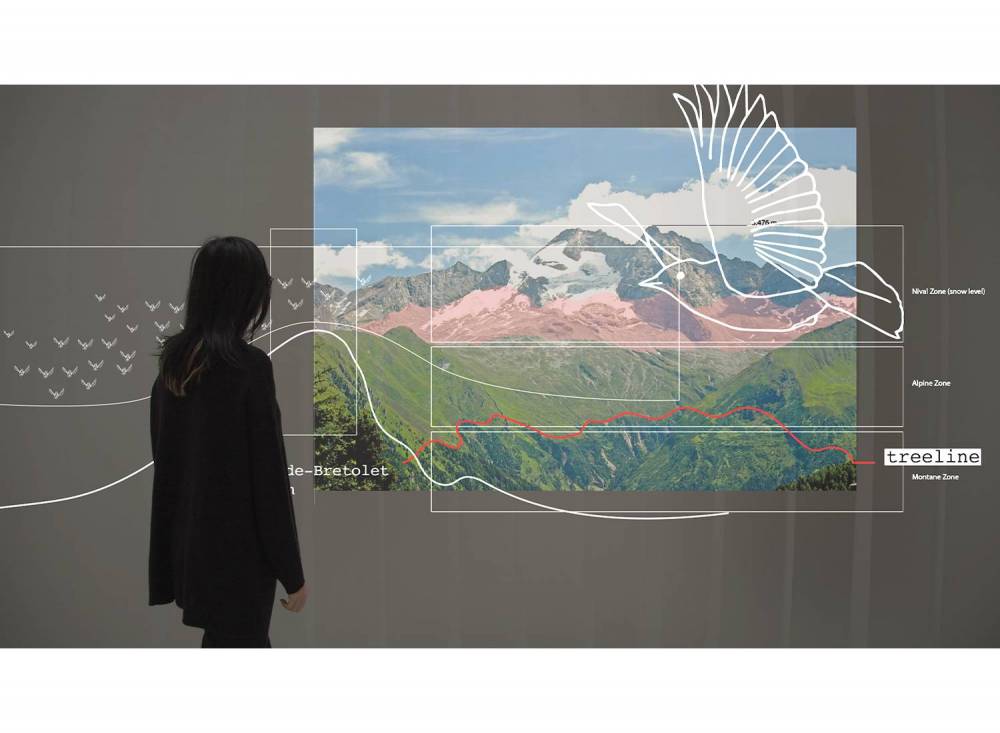
Sophie, what three words describe your style best?
Sophie: Not so much a style than a red thread through the topics that I focus on in my work: humanity’s attempt of overpowering nature, evolutionary mechanisms, multi-species society. Sorry that was more than three words.
With your work, you envision future ways of living together. Is your work very conceptual in terms of conveying a deeper meaning?
Sophie: Yes, the work shows how we all – all species on this planet – are deeply connected through the trophic cascade and are dependent on one another. It is high time for us humans to realize we are one amongst many other species. So it’s very conceptual, and then I think it’s very immediate at the same time since visual storytelling communicates very directly.
What has been your favorite project to work on so far?
Sophie: I really enjoyed and am enjoying working on “The Encounters Lab” which I am currently founding as an interdisciplinary platform since it has been such an immediate process working side-to-side with the scientific field and including new, emerging data. And it has just been immensely satisfying seeing the work being received with such enthusiasm from different disciplines.

Kris, with your project “The Bookworms” you created an augmented level to the Austrian National Library and added a digital level to an analogue library. What was the core idea behind it?
Kris: The question ‘How do we distinguish fact from fiction?’ was at the heart of it all. The experience is meant to encourage asking questions and introduce the library as a place of adventure. The State Hall of the Austrian National Library is such an interesting and important place. Some of the books in that ancient collection changed the way we see the world. But how do you communicate that to a child? How do you connect some anonymous-looking leather-bound books to these ground-breaking discoveries? We tell stories and The Bookworms is just that … a story. But one that invites the kids to share the space with the protagonists and explore it alongside them.
What challenges did you have to overcome when combining analogue and digital spheres?
Kris: Too many to list them all. The State Hall is a carefully protected national treasure-you can’t just stick an image marker on a baroque globe, move a shelf a few inches or add a couple of lights to make it all work better.
First thing we did was a LiDAR scan of the State Hall with the help of Nikolaus Studnicka of RIEGL Laser Measurement Systems. The resulting point cloud was converted into a 3D model that the team from Neuer Österreichischer Trickfilm used to base the animation of the characters on. Even though I knew exactly how it had been done, it still felt like magic when I first saw our little bookworms jump up and down the shelves.
When kicking off a big project like this, how do you start? Do you have a creative routine?
Kris: I work alone at first and at odd times … reading, researching, jotting down thoughts and sketches. These sketches tend to be really messy and ugly. I’m not someone with beautiful sketchbooks they collect and eventually share.
Once I’ve got a fairly clear idea in my head, I talk it through with close collaborators and we rethink the concept together. It’s super important to me to keep an open mind and allow the scientists, coders or animators I work with to make the project their own and-if needed-stir it into a different direction.
Where do you get your inspiration from?
Kris: Science, nature, art, books, and good conversations.
I’m an information addict when it comes to current affairs-environmental issues and politics mainly-and in some way that is the biggest inspiration I think, as it makes me aware of what we as a society talk about and what we don’t talk about enough.
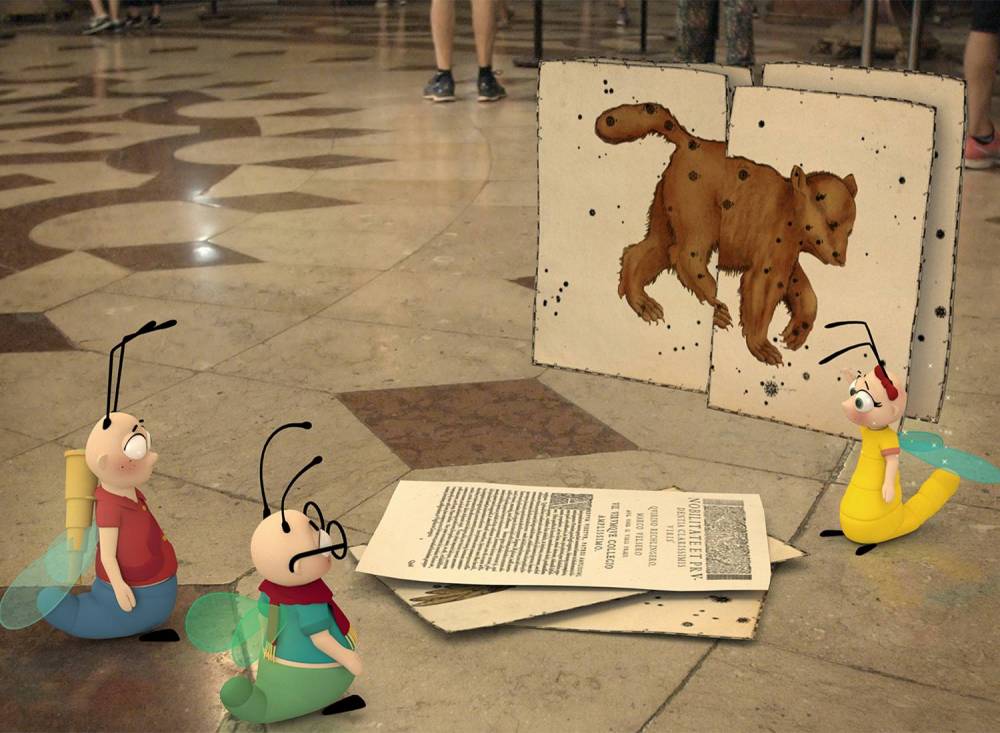
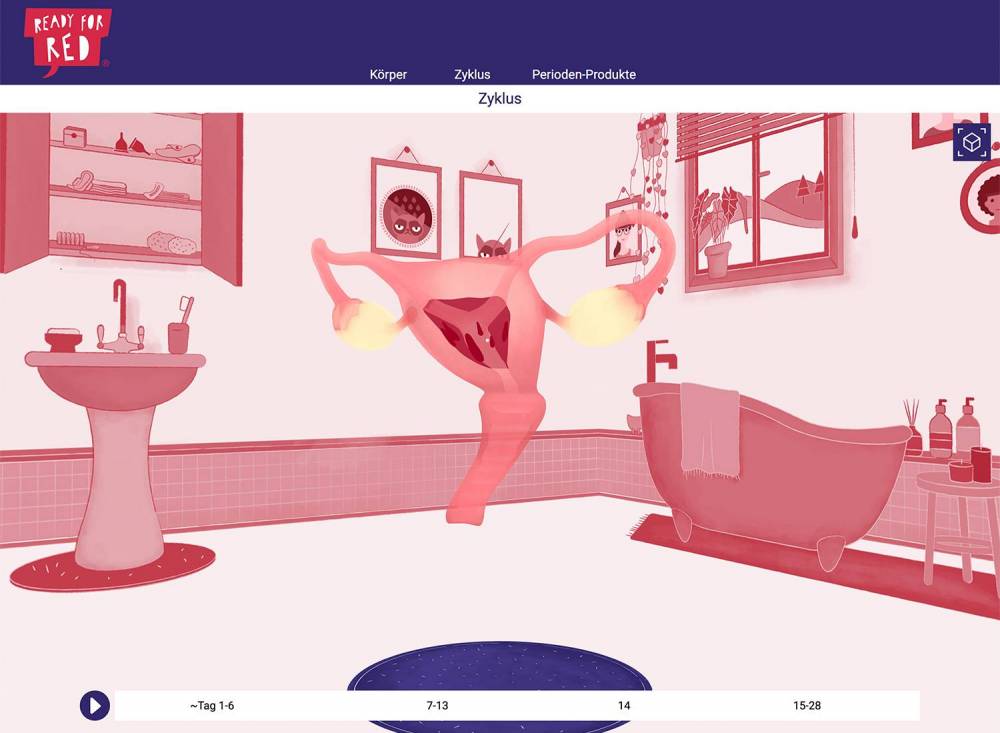
Creative work is known to be accompanied by a lot of questioning and doubts. Where do you find motivation and inspiration to move forward in difficult times?
Sophie: This is very true! Absolutely, it can be the most random stuff and also varies from project to project. For “First Encounters” and now “The Encounters Lab” it has been the close contact to the scientific field and the urgency of this topic. Seeing the explicit call from the scientific community to communicate their data to a wider public really felt like a moment, where I could step in as a designer with an interdisciplinary project.
Is there anything you would like to pass on to the creative community?
Sophie: Speaking about design in particular, I think it is essential to integrate more voices into the design process instead of working from this “one design perspective”.
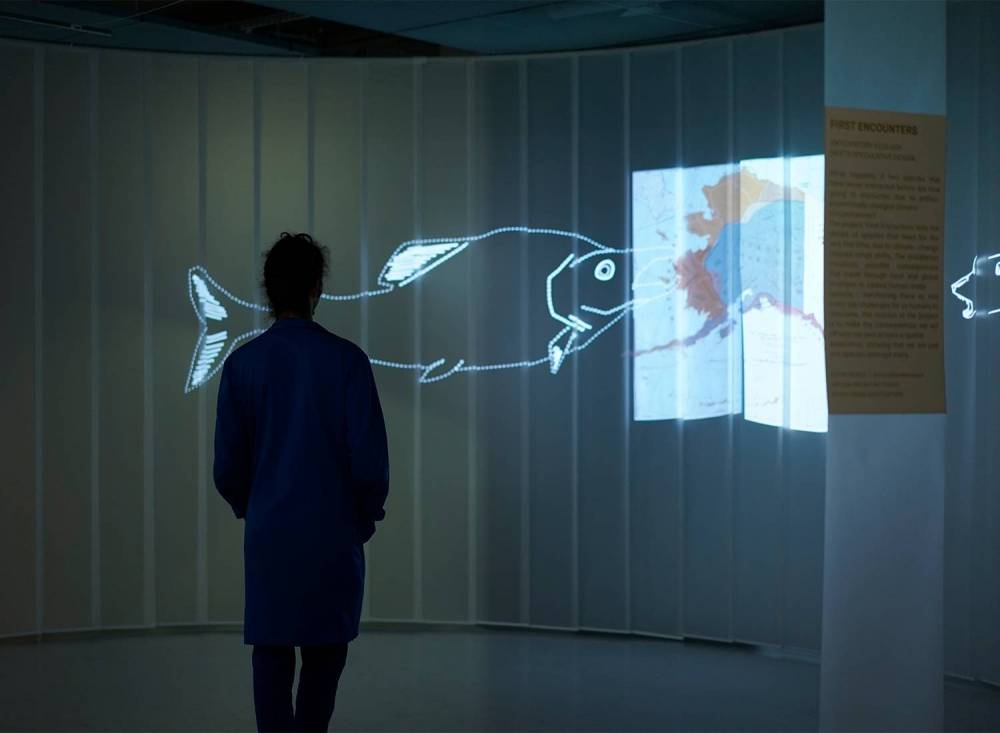
With Content Vienna, the Vienna Business Agency has been awarding the best projects by Vienna creative professionals from the fields of digital design, games, XR, animation and more since 2009. Learn more about this year’s winners.